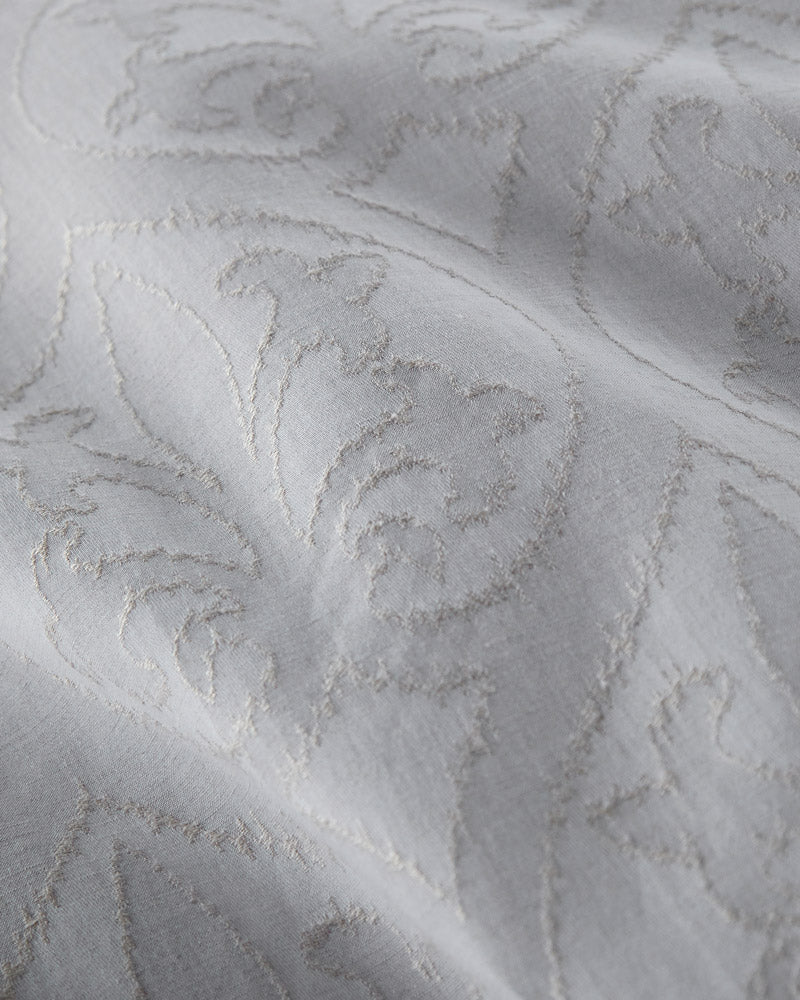Origins of the Weave
The weave of jacquard finds its history in brocade. As far back as 4th century Byzantium, linens and wools were being woven into complex patterns to form beautiful fabrics. With the import of silk weaving around the 6th century, brocade became as luxurious to the touch as it was to the eyes. Byzantine craftsmen began to weave silk into brocades, damasks, and tapestry-like fabrics, suitable for even a king.
By the middle ages, brocades were so expensive that they were only available to the upper nobility and the very rich. In fact, these luxury fabrics often had precious metals and precious and semi-precious gems woven into them. Brocade soon became a symbol of wealth and power, and was favored by monarchs throughout the medieval world.
The nobility’s love affair with brocade continued into the Renaissance age, especially in Italy. Around the 15th century, the Italians began to make a name for themselves as makers of the finest fabrics in all of Europe, and this was in no small part due to the complexity and luxe quality of their silk brocades.
Throughout all of these centuries, brocades were woven by hand on large looms called draw looms. These looms required two people to operate, a weaver and a draw boy. The weaver would call out to the draw boy, letting him know which threads to lift and when, so that the correct colored threads would show through each line of weave.
This was an incredibly labor intensive and slow process. By the end of a full day, a good team of weaver and draw boy could expect to have completed roughly two square inches of finely patterned silk cloth. By the 1700s, several French inventors were hard at work to create a better loom, but one former draw boy had a vision that would change the world forever.




























